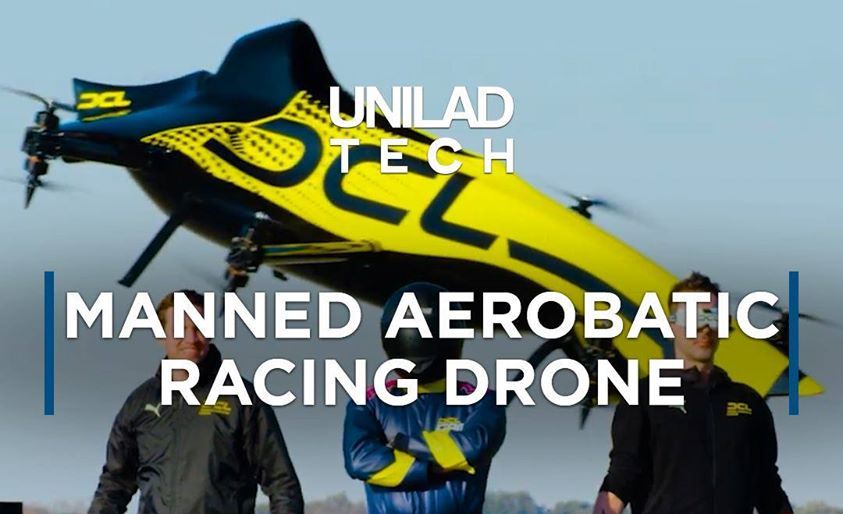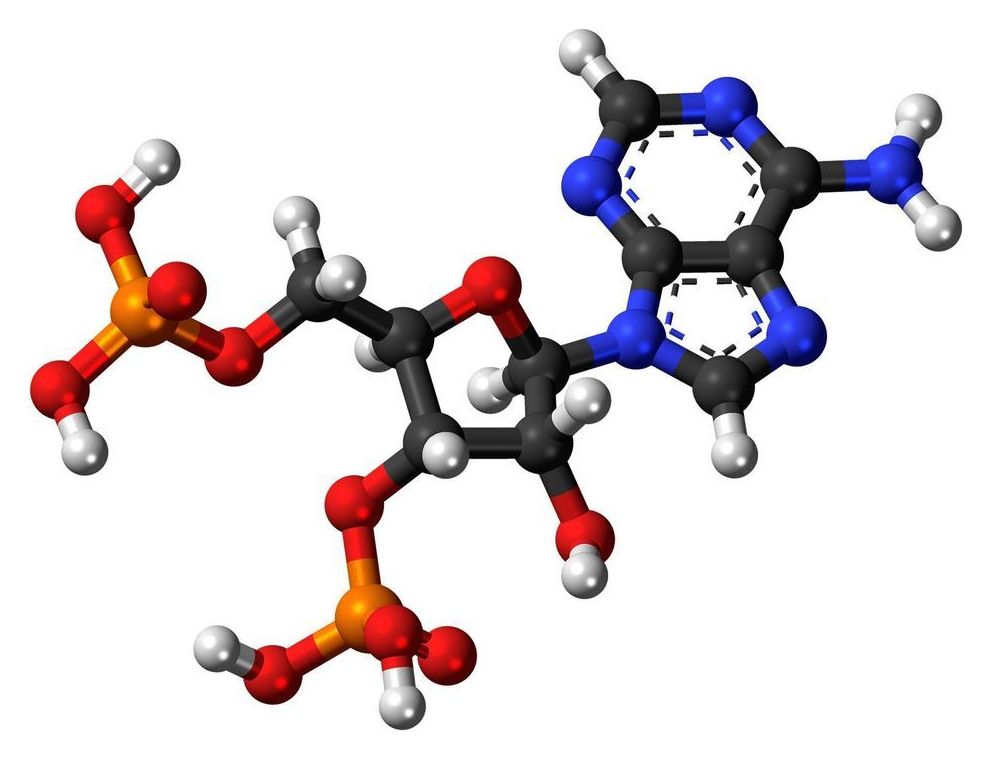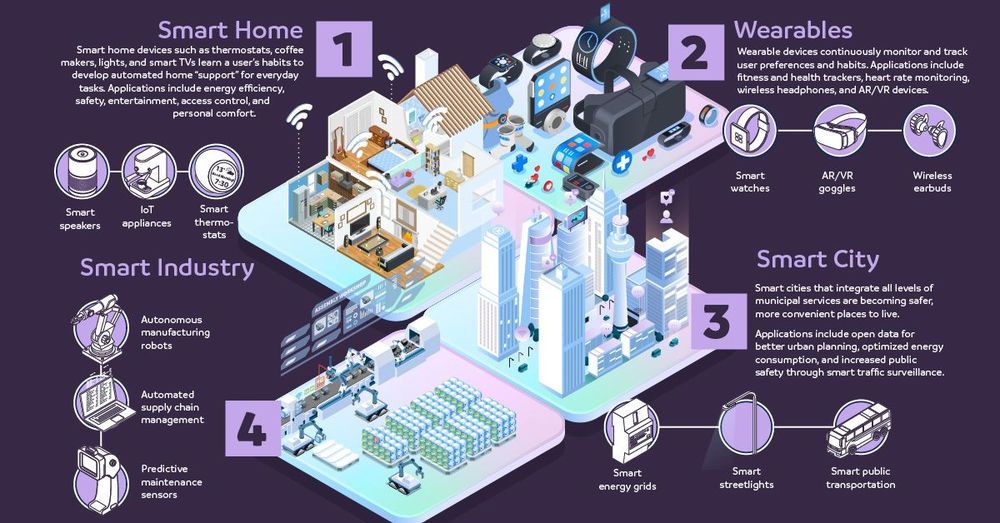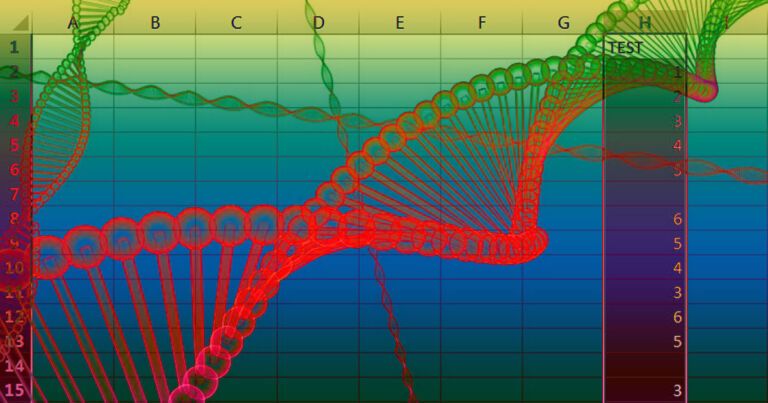The footage of the tiny tiny landing legs deploying is particularly fantastic. Credit: SpaceX
Get the latest international news and world events from around the world.

World’s First Manned Racing Drone Does A Backflip
Click on photo to start video.
The world’s first manned racing drone just took its first flight… Now, this is pod racing! 🙌 🤯


Indonesia’s Mount Sinabung volcano erupts twice in three days
MEDAN, Indonesia — Indonesia’s rumbling Mount Sinabung erupted Monday, sending a column of volcanic materials as high as 16,400 feet into the sky and depositing ash on villages.
It is the second eruption since Saturday after the volcano sat dormant for more than a year.
Falling grit and ash accumulated up to 2 inches in already abandoned villages on the volcano’s slopes, said Armen Putra, an official at the Sinabung monitoring post on Sumatra Island.

A cancer mystery more than 40 years old is solved thanks to epigenetics
Before the first oncogene mutations were discovered in human cancer in the early 1980s, the 1970s provided the first data suggesting alterations in the genetic material of tumors. In this context, the prestigious journal Nature published in 1975 the existence of a specific alteration in the transformed cell: an RNA responsible for carrying an amino acid to build proteins (transfer RNA) was missing a piece, the enigmatic nucleotide ‘Y.’
After that outstanding observation, virtually no developments were made for forty-five years on the causes and consequences of not having the correct base in RNA.
In an article published in Proceedings of the National Academy of Sciences (PNAS) by the group of Dr. Manel Esteller, Director of the Josep Carreras Leukaemia Research Institute, ICREA Research Professor and Professor of Genetics at the University of Barcelona has solved this mystery by observing that in cancer cells the protein that generates the nucleotide Y is epigenetically inactivated, causing small but highly aggressive tumors.



Scientists: Martian Lava Tubes Large Enough to Fit Planetary Base
Lava Tubes!!
District 13
Despite their larger size, the researchers believe that the lava tubes are surprisingly stable, meaning settlers wouldn’t have to worry about them collapsing around them.
“Lava tubes could provide stable shields from cosmic and solar radiation and micrometeorite impacts which are often happening on the surfaces of planetary bodies,” European Space Agency researcher Francesco Sauro said in a press release. “Moreover, they have great potential for providing an environment in which temperatures do not vary from day- to night-time.”

Vampire Bats Are Making Feral Hogs a Breeding Ground for Disease
Populations of vampire bats are exploding and spreading deadly diseases.
Check out VICE News for more: http://vicenews.com
Follow VICE News here:
Facebook: https://www.facebook.com/vicenews
Twitter: https://twitter.com/vicenews
Tumblr: http://vicenews.tumblr.com/
Instagram: http://instagram.com/vicenews
More videos from the VICE network: https://www.fb.com/vicevideo